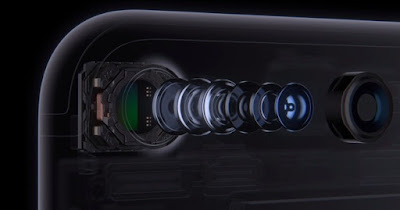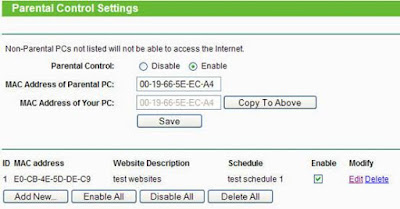New Bluetooth password encryption device is budget friendly .
Do you ever worry about your bank, retirement, or social media accounts getting hacked? Did you know that 1 in 4 people experienced identity theft last year? And that with millions of attempted hacks each day, it’s just a matter of time before you’re next?
If you’re worried about your accounts being hacked, your identity being stolen, and you’re sick and tired of thinking up the next impossible-to-remember password, then get a load of our most recent discovery.
John McAfee, founder of McAfee Antivirus and Leading Online Security Expert, says about this powerful little device...
What is It?
It's called Everykey. It’s a tiny bluetooth device that provides virtually impenetrable password security for all your online accounts and Bluetooth devices. In fact, the highest levels of the military use the very same technology to protect their top secret documents!
What Does It Do?
Where to begin!? This powerful little device is like your own personal digital master key. It truly is the future of access control!
- It automatically creates incredibly complex, impossible-to-remember passwords for Bluetooth devices and any password protected website you can’t afford to have hacked and exposed.
- It uses military grade AES 128-bit encryption to guard those complex passwords – rendering hackers and identity thieves virtually powerless.
- It automatically logs you into devices and websites when you’re nearby. When you walk away, it automatically logs you out and locks them down for you!
What Else Can It Do?
Well, unlike other products that are limited in capability, Everykey works with both Bluetooth accessed devices and password protected websites.
AND unlike other similar devices or website password management programs, Everykey doesn’t make you logout of one account just to log in to another. It conveniently works with multiple devices like your phone and websites, simultaneously...
Now you can move in and out of your devices and password protected websites as easy as you do the rooms in your own home!
What If I Lose My Everykey?
No problem. Simply shut it down! If your Everykey gets lost, misplaced, or is stolen, you can instantly lock it down right from your phone using their app or you can call Everykey directly and have them freeze it for you.
But here’s the thing, the Everykey device itself doesn’t store your passwords. They’re safely stored on Everykey’s secure server. So even if you lose, misplace, or have your Everykey stolen, it’s totally useless in anyone’s hands except yours!
What Else Does It Work With?
Everykey is future ready! It was designed to work with Bluetooth enabled devices like your car, house, lights and more. Plus, their Software Development Kit lets third party developers create new applications for Everykey. So the possibilities are endless.
How Much Does It Cost?
Honestly, this powerful little device should cost at least $150...but you can get your own Everykey for only 65.00!
When you consider the potential for significant financial loss, reputation ruined, and just the unnerving feeling of being violated by having your personal information exposed, 65.00 is peanuts compared to all of that!



























